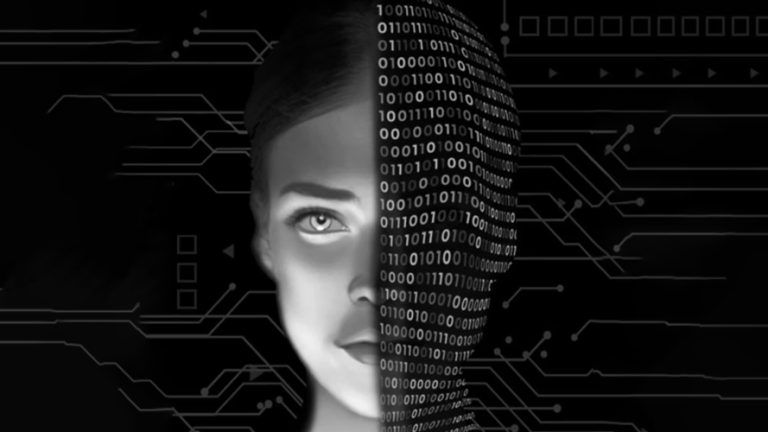Companies have repeatedly launched artificial intelligence (AI) products with female voices and bodies
According to the reason for the female robots are seen as being most human due to normalizing glut of female artificial intelligences (AIs) and androids (robots designed to look or act like humans) may be that these machines tend to perform jobs that have traditionally been associated with women.
The researcher on what makes people human can provide a new perspective into why feminization is systematically used in AI. It was suggested that if women tend to be more objectified in AI than men, it is not just because they are perceived as the perfect assistant, but also because people attribute more humanness to women (versus men) in the first place.
Gender roles are an issue that humans have been handling since time immemorial. With the growing popularity and reach of virtual assistants such as Siri and Alexa, artificial intelligence too seems to be battling a gender role complication.
Humanization and Feminization:
One reason for the apparent feminization can be traced back to the attempts to impart more human qualities to artificial intelligence. In fact, humanization and feminization go line in line particularly because female robots are seen as being most human of the collective perception that women are more human and warmer in comparison to men. This perception is the foundation wherein imparting feminine qualities in artificial intelligence takes root.
It is particularly helpful in fields such as medicine where the assistants being tender and sensitive is an added advantage. However, it can also open doors to apparent dehumanization and objectification of women while doing the opposite to machines. Apparently female robots are more spoken of in terms of being ‘human’ than machines.
In the service context, particularly, female bots are preferred over male bots, because of their perceived humanness. While female bots are endowed with positive human qualities, the male bots take the upper hand with the opposite. This perception of the apparent warmth and values in women attributed to machines often starts off discussions regarding the objectification and dehumanization of women.
However, looking from a different angle, it can be said that it is not dehumanization that is actually happening rather women are attributed with superhuman qualities which are adapted to the robots.
The ghost in the machine:
While we found that women and female robots are seen as being the most human perceived of the subtle and all the blatant and implicit measures of humanness, it is also found that men and male robots are perceived as more human on the negative dimensions of the subtle measures of humanness.
Taken together, these results indicate that female robots are not only endowed with more positive human qualities than male robots (benevolent sexism), but that they are also perceived as more human and are expected to be more prone to consider our unique needs in a service context.
These findings may point to a new possible explanation of why female bots are favoured over their male counterparts, with people preferring female intelligent machines because such machines are more strongly associated with humanness.
Objectification of women in the real world?
This research builds on what makes people human compared to machines to better understand the deep roots of the widespread female gendering of AI. Because feelings are at the very substance of our humanness, and because female robots are seen as being the most human are perceived as more likely to experience feelings, we argue that female gendering of AI objects makes them look more human and more likely to consider the unique needs.
However, this process of transforming women into objects could lead to women’s objectification by conveying the idea that women are objects and simple tools designed to fulfilment their owners’ needs. This may potentially fuel more women’s objectification and dehumanization in the non-digital world.
This research highlights thus the ethical quandary faced by AI designers and policymakers: Women are said to be transformed into objects in AI, but injecting women’s humanity into AI objects makes these objects seem more human and acceptable.






Add comment